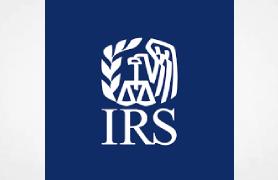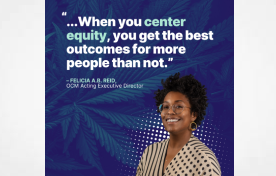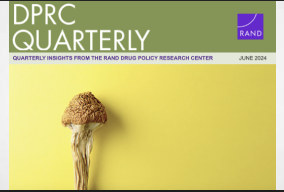by Beau Kilmer, Michelle Priest, Rajeev Ramchand, Rhianna C. Rogers, Ben Senator, Keytin Palmer
Psychedelic substances, such as psilocybin mushrooms and LSD, have long been touted as holding promise for treating various mental health conditions, and the past decade has seen another round of enthusiasm for this hope. Although the clinical research and associated media reports on these substances continue to grow, what receives less attention is the changing policy landscape for some psychedelics in the United States. Despite the federal prohibition on supply and possession — outside approved clinical research, the Food and Drug Administration’s Expanded Access program, and some religious exemptions — some state and local governments are loosening their approaches to some psychedelics. In fact, some states are implementing or considering approaches that legalize some forms of supply to adults for any reason. It seems likely that more jurisdictions will consider and implement alternative policies to prohibiting the nonclinical supply of some psychedelics, possibly including retail sales. The primary goal of this mixed-methods report is to present new data and analysis to help inform policymakers participating in these discussions in the United States, but much of this report should also be useful to decisionmakers in other countries. These insights should also be useful to anyone who is interested in learning more about these substances and the public policy issues surrounding them.
Key Findings
- Unlike people who use cannabis and many other drugs, infrequent users of psychedelics account for most of the total days of use.
- The total number of use days for psychedelics — a proxy for the size of the market — is two orders of magnitude smaller than it is for cannabis.
- Within the class of drugs generally classified as psychedelics, psilocybin has the highest past-year and past-month prevalence rates among U.S. adults. Of those ages 18 and older, 3.1 percent — or approximately 8 million people — used psilocybin in 2023.
- Among those reporting the use of psilocybin in the past year, nearly half reported microdosing the last time they used it.
- Scientific literature is limited in its understanding of the consequences of using psychedelics and preventing and mitigating adverse events.
- Most of the policy changes at the state and local levels focus on supporting research and deprioritizing the enforcement of certain laws about psychedelics, but a few states have legalized some forms of supply and others are considering it.
- There are many supply policy options between prohibition and legalizing production and sales by for-profit companies.
- The role of price as a regulatory tool may matter less for psychedelics compared with many other drugs.
Recommendations
- Those participating in psychedelics policy debates and analysis should be specific about the changes being considered, implemented, or evaluated.
- Meaningful policy discussions should include Indigenous Peoples who are community authorized to speak on these matters.
- Policymakers need to be thoughtful about the role of supervision and facilitators when considering changes to psychedelics policies.
- It is critical to improve the data infrastructure on psychedelics to better support policy analyses.
- Now is the time for U.S. federal policymakers to decide whether they want psilocybin and other psychedelic substances to follow in the footsteps of the for-profit cannabis model.

















